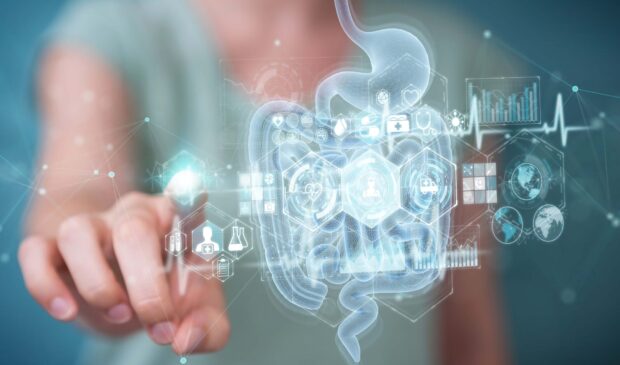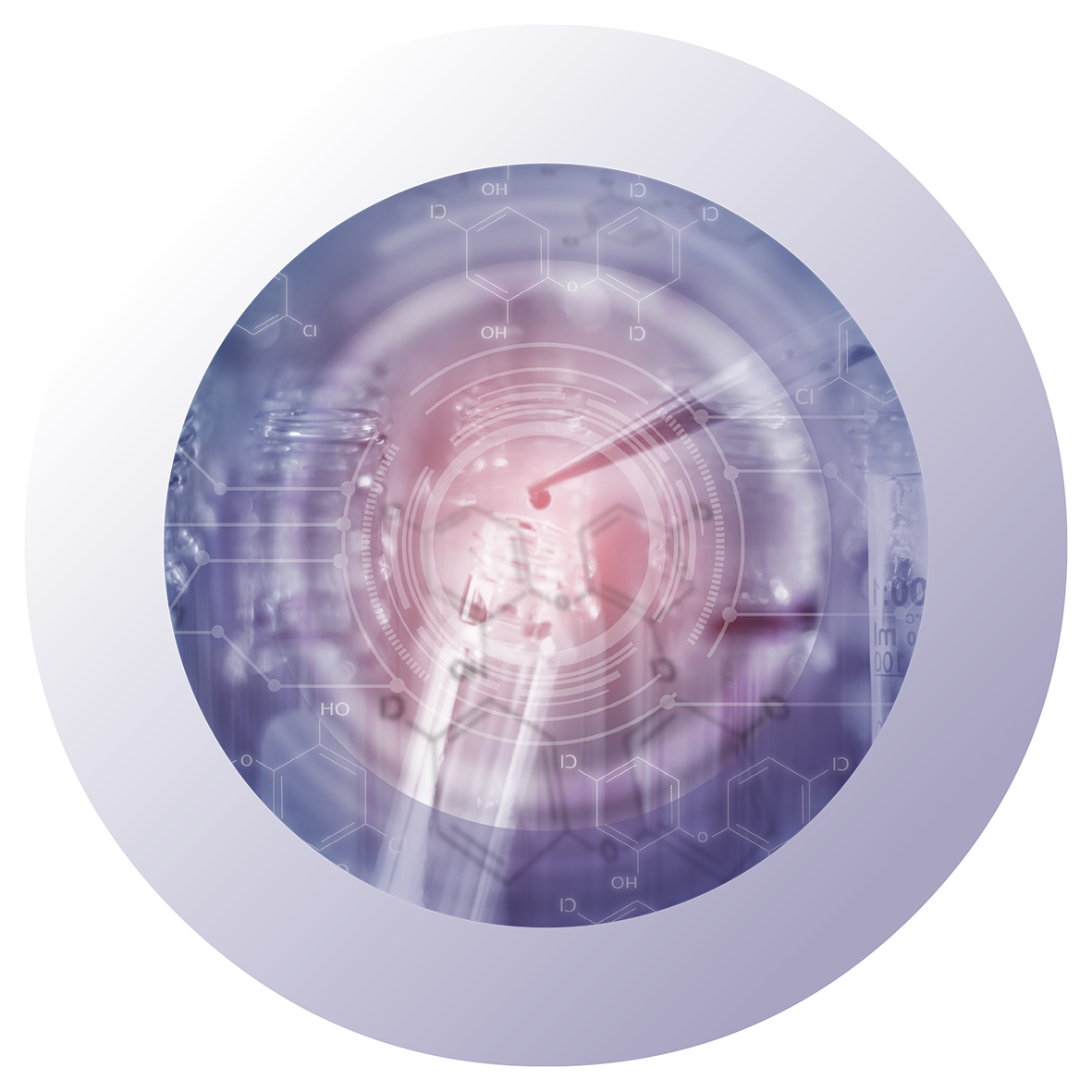Preclinical Models & Imaging
We provide you with innovative animal models/technologies for the study of infectious diseases and the microbiota.
Animal models represent invaluable tools for the study of the pathogenesis of infectious diseases and the evaluation of host/pathogen interactions. These animal models facilitate the preclinical evaluation of vaccines and therapies for a wide variety of human pathogens, as well as the assessment of probiotics intended to provide specific health benefits in humans.
The need for preclinical animal models of emerging or re-emerging infectious diseases is now more critical than ever.
Our purpose is to help you identify the most pertinent animal model and relevant read outs for your biological question, and to obtain information that is translatable to humans. In addition, we help you to investigate the impact of the microbiota in animal models and to translate this knowledge to human contexts.

EXPLOITATION OF MULTI-MODAL SMALL ANIMAL IMAGING FOR THE LONGITUDINAL MONITORING OF LIFE EVENTS
We design and implement longitudinal studies for the monitoring of infection and/or inflammatory diseases, to identify developments or changes in the characteristics of the target population at both the group and individual level.
We provide imaging modalities, such as bioluminescence and fluorescence (multi-modal imaging), to make quantitative functional assessments during an infection that can be used to characterize the localization, extension, metabolic activity, immunological response, inflammation, drug concentration, and/or biodistribution.
We also use a range of anatomic imaging techniques (e.g. microtomography) to provide integrated data regarding the molecular and anatomical features of the infection.
DEVELOPMENT AND CUSTOMIZATION OF TRANSLATIONAL PRE-CLINICAL MODELS OF INFECTIOUS DISEASES
The Preclinical Models & Imaging Unit develops and deploys specific animal models, in vivo assays, and imaging techniques to advance and refine your studies. It also uses these models to evaluate the mechanism of action, pharmacological properties, and efficacy of therapies and prophylactic measures for infectious diseases.
We can provide you with models of microbial infections to test classical (such as antimicrobials and vaccines) or alternative emerging (such as natural products/extracts and phage therapy) therapies.
We can help you with the identification and sourcing of clinically relevant isolates, the characterization of bacterial strains (antibiotic resistance, MIC, growth kinetics, and viral or bacterial titration), and the use of selected microbial or viral pathogens in the most suitable animal model for your needs and biological question.
In vivo imaging techniques are routinely used, to facilitate the non-invasive longitudinal monitoring of disease progression, cell trafficking, inflammation, and gene expression patterns in living animals.
DEVELOPMENT OF PRE-CLINICAL MODELS TO ASSESS THE IMPACT OF THE MICROBIOTA IN HEALTH AND DISEASE
We exploit the potency of gnotobiology (the study of animals raised in environments free of microorganisms or those that are only colonized by specific, known microorganisms) to better understand the role of the gut microbiota in inflammatory, metabolic, immune, or neurobehavioral diseases.
Discover our In vitro/in vivo Models offer here.
We help you evaluate the impact of the microbiota on novel therapies for infectious diseases or in the development of pre/probiotics, and to understand its impact in health and disease, in areas such as infectious, inflammatory, metabolic, immune, or neurobehavioral diseases.
We provide you with specific pre-clinical models in combination with emerging technologies in imaging, functional genomics, metabolomics, immunology, and molecular biology to study the complex interaction between the microbe(s) and the host.
small animal imaging: avantages / added values
Assessments of
molecular pathwaysLongitudinal monitoring
Each animal can be followed over the entire course of the infectionAnimal welfare
Studies are performed in accordance with the 3Rs
(Refinement, Reduction, and Replacement)

Imaging techniques can be used to simultaneously visualize
several different aspects (bacterial burden, antibiotic, exposure, inflammation)Translation of data
From animals to humans
(PET, SPECT, MRI…)Structural imaging
(in combination with CT):
to provide an anatomic reference
USING IMAGING TECHNIQUES TO EXPLORE HOST-MICROBE INTERACTIONS
We use advanced histopathological techniques to explore host-microbe interactions, including immunohistology and fluorescence in situ hybridization (FISH), with the ability to identify specific molecules and structures, intra- or extracellularly, as well as microbes in complex communities, such as the intestinal ecosystem. The use of a combination of microbial markers and immunomarkers of the host response makes it possible to study specific local host-microbe interactions.

